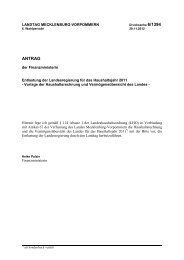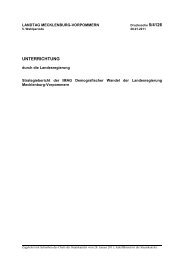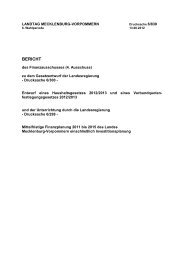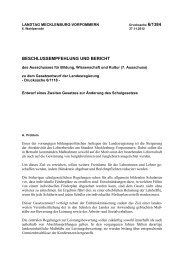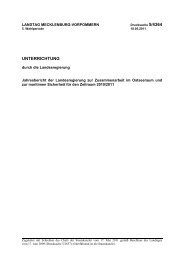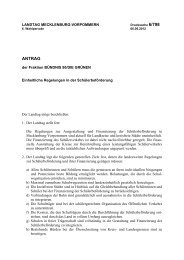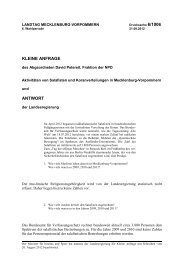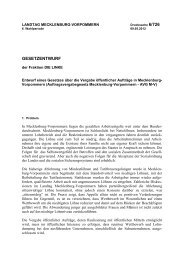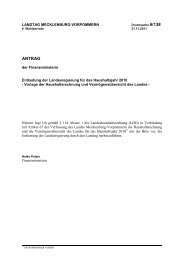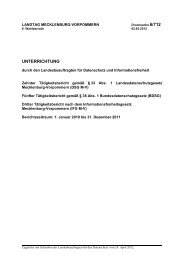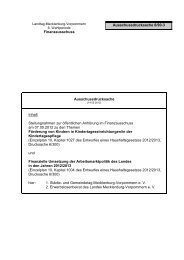Baltic Rim Economies - Baltic Port List
Baltic Rim Economies - Baltic Port List
Baltic Rim Economies - Baltic Port List
You also want an ePaper? Increase the reach of your titles
YUMPU automatically turns print PDFs into web optimized ePapers that Google loves.
Expert article 911 <strong>Baltic</strong> <strong>Rim</strong> <strong>Economies</strong>, 21.12.2011 Quarterly Review 5�2011<br />
Joint promotion of the <strong>Baltic</strong> Sea Region – triple helix cooperation in practice<br />
By Malla Paajanen and Riitta Kosonen<br />
The climate of global competition has forced economies to look<br />
for growth potential in wider contexts than ever before. Macroregional<br />
promotion, such as promotion of the <strong>Baltic</strong> Sea<br />
Region (BSR), shifts cities and countries from their traditional<br />
competitive positions to joint promotion and cooperation. The<br />
experience from the two-year project BaltMet Promo proves<br />
that the macro-regional promotion is challenging, but doable,<br />
and it can be successful and rewarding if the promotion work<br />
has been planned carefully. Most importantly, implementation<br />
of the work plan becomes substantially stronger if the<br />
cooperation platform comprises all critical stakeholders. The<br />
triple helix structure that brings together the business, research<br />
and education, and public sector is not the easiest tool to use,<br />
but its power is incontestable, as shown in the case of BaltMet<br />
Promo.<br />
Promotional activities to attract tourists or investors are<br />
typical for cities, regions, and nations. Less frequently these<br />
activities are implemented on macro-regional level. However,<br />
the macro-regional perspective is gradually catching on in<br />
policy making, and even in strategy-building. The EU Strategy<br />
for the <strong>Baltic</strong> Sea Region (EUSBSR) represents the first<br />
comprehensive strategy covering several community policies<br />
that is targeted on a macro-region. In EUSBSR regional<br />
identity building has been identified as one of the horizontal<br />
activities.<br />
The BaltMet Promo project partnership consisted of five<br />
city members of the BaltMet network, with City of Helsinki as<br />
the lead partner, research institutions, and the <strong>Baltic</strong><br />
Development Forum that initiated the first BSR branding effort<br />
in 2007. The partnership covered six BSR countries (Finland,<br />
Latvia, Lithuania, Poland, Germany and Denmark) and<br />
received part-financing from the <strong>Baltic</strong> Sea Region Programme<br />
in 2010-11. In EUSBSR, BaltMet Promo was given the role to<br />
report on developments in regional identity building in different<br />
on-going projects. The project was coordinated by CEMAT at<br />
the Aalto University School of Economics, Helsinki.<br />
BaltMet Promo was built on triple helix cooperation. In<br />
macro-regional promotion the triple helix approach is a<br />
necessity because no single stakeholder group has a<br />
mandate, motivation or obligation to take promotion agenda for<br />
the whole region. There is no owner, or authority, to claim<br />
‘property rights’ on a macro-region such as BSR.<br />
The project worked with a bottom-up approach. The core<br />
was to build three products that are of macro-regional nature.<br />
These ‘BSR products’ were designed in tourism, filmmaking<br />
talent, and investments. The product building process was not<br />
to create macro-regional products from scratch, rather it was<br />
product packaging. First, comprehensive research was<br />
compiled on the supply and demand for each product. In the<br />
next phase the research knowledge was delivered to the pilot<br />
team which consisted of specialists representing the project<br />
partners and business sector. Finally, the products were<br />
launched to their target market.<br />
Two of the three pilot products chose Japan as the target<br />
market. In tourism, the <strong>Baltic</strong> Sea Region tourism product with<br />
a title ‘Live like locals’ invited Japanese tourists to experience<br />
the BSR cities in the local way. This meant, for instance,<br />
staying in an apartment instead of a hotel, walking in the fish<br />
market instead of taking a guided bus tour, or visiting a<br />
blacksmith studio instead of a museum. As the test market,<br />
three Japanese bloggers were selected to visit the Region in<br />
three different city combinations: Helsinki-St. Petersburg,<br />
Berlin-Warsaw, and Vilnius, Riga, and Tallinn. During their stay<br />
these Japanese young women kept blog of their travel<br />
experience, and their regular blog readers were able to follow<br />
their route in real-time and learn about their tips for what to do<br />
73<br />
and see. After the bloggers’ visit to the destinations, their<br />
stories were delivered to Tokyo at the international JATA<br />
tourism fair in which representatives of the cities met with<br />
tourism agencies to gain their interest to add the ‘Live like<br />
locals’ product to their destination categories.<br />
The filmmaking pilot product was designed as a 3-day<br />
coproduction forum for 10 young film directors, script writers<br />
and producers from BSR and 10 from Japan. The BSR-Japan<br />
Coproduction Forum was held in Vilnius in November gaining<br />
synergies with Scanorama international film festival which was<br />
held at the same time. The coproduction forum offered these<br />
20 young professionals an opportunity to present their ideas on<br />
a ‘pitching forum’ to an distinguished panel of professionals.<br />
For many young filmmakers this was the first occasion of this<br />
kind. The interactive format of the forum was appreciated as in<br />
filmmaking like in all creative industries networking is a<br />
fundamental part of building a professional career. A virtual<br />
guidebook with country-specific information on filmmaking was<br />
also published to support coproduction between BSR and<br />
Japan.<br />
The investment pilot organized Investor’s Panels at two<br />
international trade fairs at MIPIM and Hannover Messe to<br />
introduce the region’s strongholds as well as a Matchmaking<br />
event enabling investors to meet representatives from<br />
companies in BSR. An Investor’s Guide was also published to<br />
present the Region’s competitive advantages for investors.<br />
Based on the experience from BaltMet Promo, macroregional<br />
promotion can gain from a bottom-up approach that<br />
underlines the role of careful product building and wide<br />
stakeholder cooperation. This underlines the necessity to gain<br />
the business sector’s interest to see the business potential in<br />
macro-regional product building and clustering. Even when the<br />
business potential is easy to acknowledge, its capitalization is<br />
neither easy nor fast. The BaltMet Promo story proves that<br />
cities and universities can have a substantial role in<br />
coordinating triple helix cooperation. Most efficiently this can<br />
be done by forming the triple helix cooperation platform that<br />
recognizes the natural division of roles; the business sector as<br />
product providers, universities as source of information about<br />
the market situation and potential, and cities and promotional<br />
organizations as nodes of contacts and communication.<br />
Malla Paajanen<br />
Project Manager<br />
Riitta Kosonen<br />
Professor, Director<br />
Aalto University School of Economics<br />
Center for Markets in Transition, Helsinki<br />
Finland<br />
� Pan-European Institute � To receive a free copy please register at www.tse.fi/pei �



